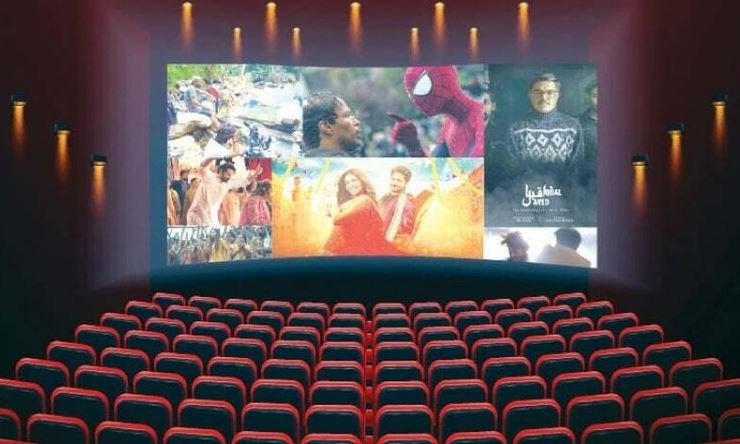

Pakistani cinema has experienced a fascinating journey, evolving significantly over the years. From the golden era of the 1950s to the modern age of digital filmmaking, the industry has weathered various challenges and emerged stronger than ever. In this blog post, we embark on a nostalgic exploration of the evolution of Pakistani cinema, reflecting on its past achievements, current trends, and promising future.
1. The Golden Era of Pakistani Cinema:
The 1950s and 1960s were considered the golden era of Pakistani cinema. It was a time when iconic films like “Waada,” “Heer Ranjha,” and “Armaan” graced the silver screen. Legendary actors such as Waheed Murad, Nadeem Baig, and Shabnam became household names, defining the era’s cinematic landscape.
2. The Decline and Revival:
In the 1980s and 1990s, Pakistani cinema faced a decline due to various socio-political factors. However, the 2000s witnessed a gradual revival, with films like “Khuda Kay Liye” and “Bol” garnering critical acclaim and signaling a new dawn for the industry.
3. The Rise of New Wave Pakistani Cinema:
In recent years, a new wave of Pakistani cinema has emerged, characterized by innovative storytelling and bold themes. Films like “Cake,” “Parchi,” and “Laal Kabootar” have pushed creative boundaries, earning recognition both locally and internationally.
4. Shifting Genres and Content:
Pakistani cinema has transitioned from traditional romantic dramas to diverse genres, including action, thriller, and social issues. Filmmakers are now addressing thought-provoking topics like women’s empowerment, mental health, and societal challenges, resonating with a more diverse audience.
5. The Advent of Digital Filmmaking:
Advancements in technology have significantly impacted Pakistani cinema. Digital filmmaking has democratized the industry, allowing independent filmmakers to produce high-quality content on a limited budget. This has led to a surge in experimental and unique storytelling.
6. Collaboration with International Industries:
Collaborations between Pakistani filmmakers and international industries have become more common. Co-productions and partnerships have not only diversified cinematic experiences but also opened doors for Pakistani talent to shine on the global stage.
7. The Influence of Streaming Platforms:
The rise of streaming platforms has provided a new distribution channel for Pakistani films, reaching a wider audience worldwide. This shift has further fueled the growth of the industry and encouraged filmmakers to create content with global appeal.
8. The Emergence of New Talent:
Pakistani cinema continues to nurture fresh talent, both in front of and behind the camera. Young actors, directors, writers, and technicians bring fresh perspectives and ideas, contributing to the industry’s growth and innovation.
9. Cultural Representation and Diversity:
Pakistani cinema now places a strong emphasis on authentic cultural representation and diversity. Regional languages and cultural nuances are celebrated, showcasing the country’s rich heritage and fostering a sense of unity.
10. The Road Ahead:
The future of Pakistani cinema is promising, with a growing number of filmmakers experimenting with storytelling techniques and exploring untapped themes. As the industry embraces change and adapts to the evolving tastes of the audience, it is poised for even greater heights.
Conclusion:
The evolution of Pakistani cinema is a testament to the industry’s resilience and creativity. From its golden era to the modern digital age, Pakistani filmmakers have consistently crafted compelling stories that reflect the nation’s spirit and culture. As the industry continues to evolve and adapt, it remains an integral part of Pakistan’s cultural fabric, weaving dreams and capturing the hearts of audiences both at home and beyond.


